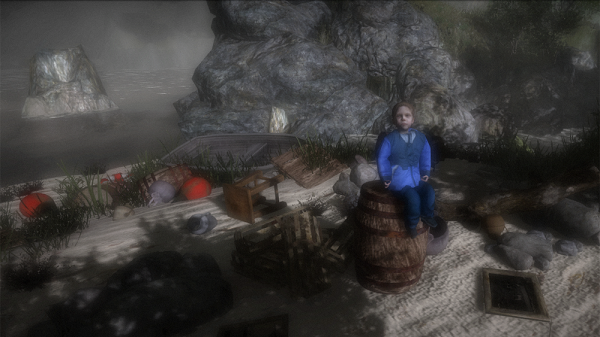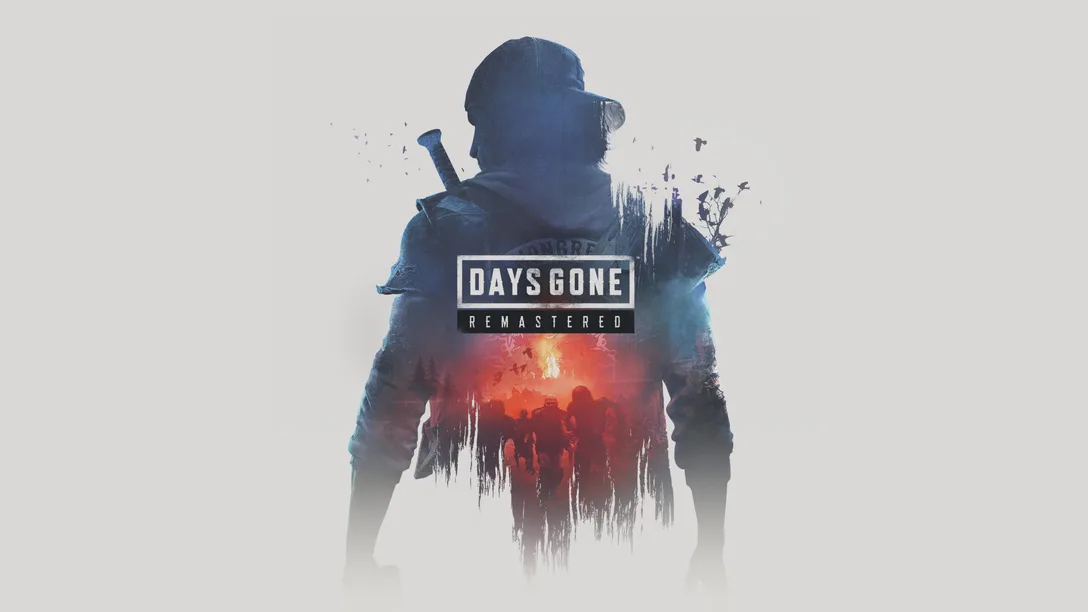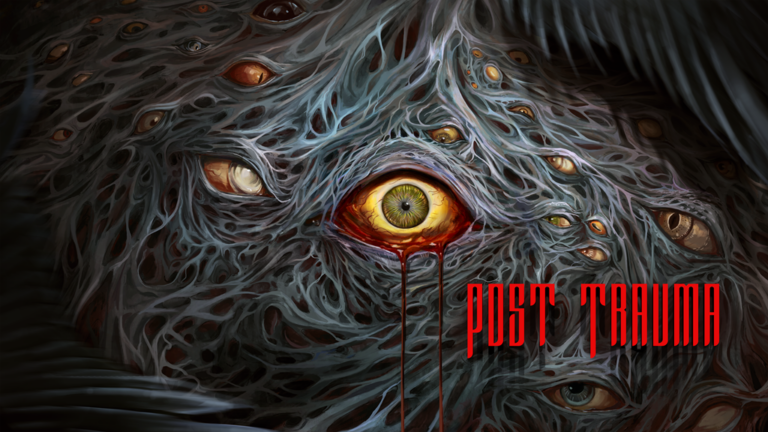
Mediocrity is a difficult subject to broach. It’s so easy to hyperbolically sing a game’s praises: you spend most of your time thinking about pretty little metaphors and whatnot. So too is it easy to crush a bad game, thinking of nasty, spiteful little metaphors and insulting someone’s creation. With something in the middle-of-the-road, you pause a bit more to think: Why isn’t this better? Why isn’t it worse? Montague’s Mount straddles that exact line.
Montague’s Mount is a tale based on a true story (and as always with that tagline, I have my doubts). It begins with a man awakening on a shore in the wreckage of a boat. You quickly realize that there must have been a crash, and that you are injured. Why are we on this island? What is this island? What is that building? Why have I lost my memories?

It is important to note that Polypusher Studios is comprised of only one man, Matt Clifton. This in itself is both a blessing and a curse. While it is exceedingly impressive that this was accomplished by one person alone, the project would have benefited from more than one pair of eyes. While you’re at first taken aback by the idea of someone doing all of this solo, you soon start to see through the cracks.
The visuals are aesthetically pleasing at first, but quickly lose their luster when you notice repeated assets. And while the monochromatic color scheme is thematically cohesive, soon you start feeling like your Tomb Raider vision button is stuck in the “on” position. Everything is a bit too drab to be exciting, and it quickly wears thin. It is also worth mentioning that while I have never experienced videogame or movie-induced motion sickness, the opening moments of the game have put an end to that claim forever. Your leg is injured, so for some ludicrous reason, this is represented by your vision spinning rapidly until you find a walking stick. I’ve hurt my leg pretty severely in the past, and my neck has never been a problem. One could argue that this was just a general disorientation due to trauma, except the stick immediately cures this vertigo. The camera is also a tad bizarre throughout the story. While it is in first-person, if you look all the way down, the camera is above your character’s head and you can see them hobbling along. It is a perplexing hybrid of perspectives that never really gets in the way of the gameplay, but rather makes you wonder exactly why it was incorporated.

An experience such as this is largely dependent on its enigmas. We begin these games knowing there won’t be any form of combat, and thus no agency involved with playing the game other than exploring and solving the over-arching mysteries. It’s a shame, then, that the riddles fluctuate between child’s play, and under-explained drivel. In my eyes, a successful puzzle can be as hard as it wants, as long as you are given all the pieces in a fair manor. The bits and bobs necessary to completing these little challenges are tiny, and nigh impossible to see on your first pass. This, coupled with the maddeningly slow character speed, almost made me quit the game and hand it over to another reviewer. There are so many other games, events, and people with whom I could while away the hours; it became increasingly frustrating to play something that was actively disrespecting my time. In some of the horror greats (Silent Hill 3, and just about any classic Resident Evil games come to mind), the camera was framed in such a way as to ensure that you would find the items integral to progression. No such luck here. The only thing that made me push forward was the realization that there was a toggle in the options menu that made collectible items glow. Things were much more manageable after that. It is unfortunate that this was practically made essential if you don’t want to hobble back and forth across the island a multitude of times, artificially lengthening the playtime.
There are times when gamers are willing to put up with undesirable gameplay in hopes of unraveling a story full of intricacies and intrigue. This isn’t one of those times, much to my chagrin. The story was serviceable, but nothing extraordinary. Up until its release, Montague’s Mount was touted as having deeply Irish roots. Upon playing the game, you’d hardly notice that, as the island could be just about anywhere in the world and you’d have about the same situation. One of the few things this title has going for it is that you can click on about every object in the game and the Gaeilge translation will pop up. That is a unique concept I’d love to see in more of today’s games.
Though almost everything was done by a single person, I am thoroughly pleased that he decided to have someone else do the music and the voice acting. The soundtrack is a melancholic descent into solitude that somehow makes the totality of Montague’s Mount more palatable. The same could be said for the voice work. Both of these are a tad derivative of Dear Esther, but the same could be said for the entire package.
If money is tight right now, you’ll probably want to know that the game doesn’t exactly have a definitive end. Though some queries are resolved, the entirety of the narrative is left open to a second episode, or even a sequel. To find a finished package, you’ll want to look elsewhere.
When criticizing, no matter how large or small your audience, it’s important to remember that this is someone’s labor of love that we are vociferously tearing apart. I hope that Polypusher Studios is not discouraged by the tepid reception their creation is receiving, because there are some legitimately interesting ideas at play. But when working by yourself, you lose the feedback that is necessary to creating the best version of your product. Hopefully this lesson is taken in stride, and their next outing is a glorious haunt.
 (4 / 10)
(4 / 10)
Below Average
 (4 / 10)
(4 / 10)



